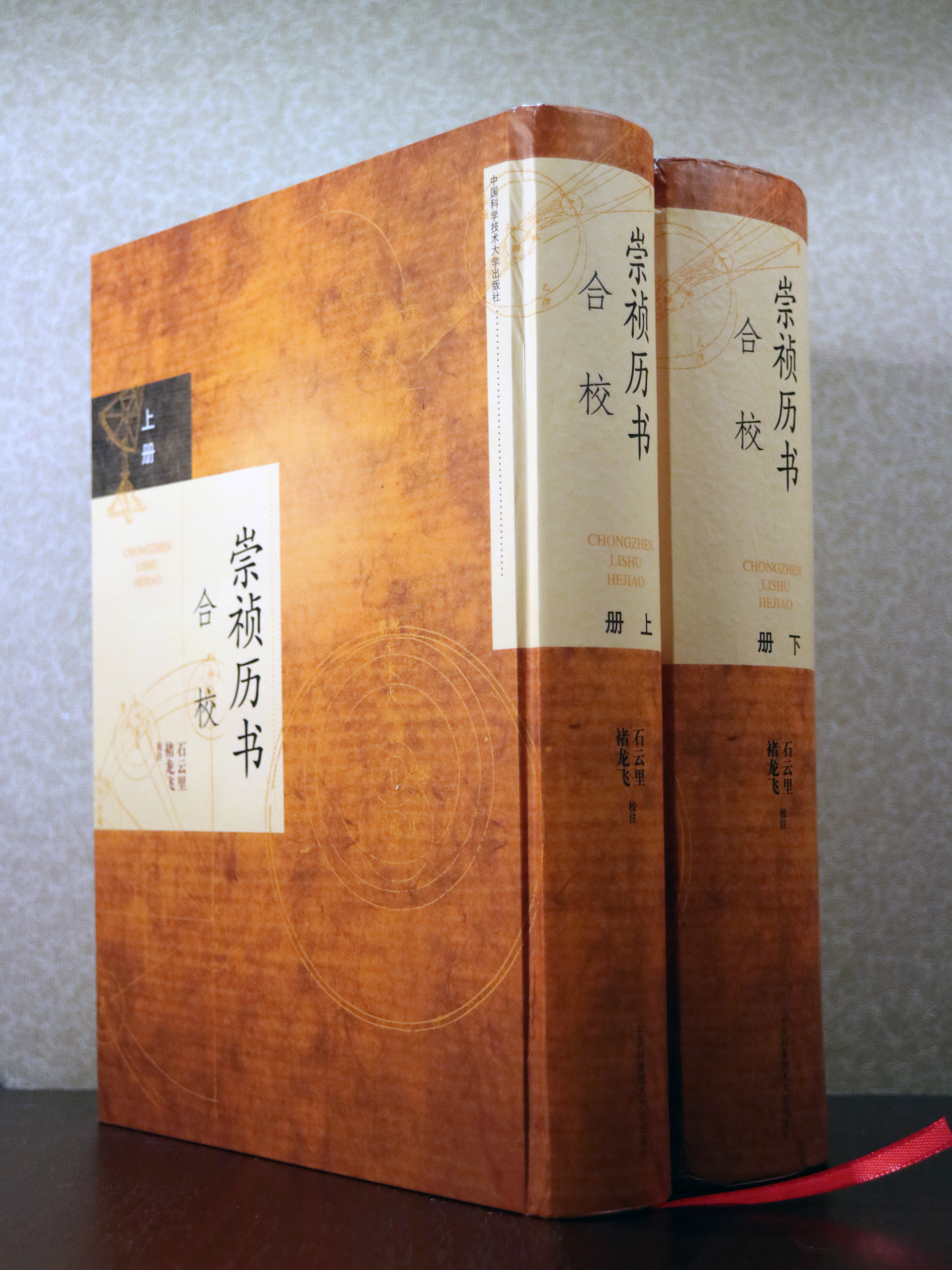Creating the Collation of Chongzhen Lishu

Collation of Chongzhen Lishu
Punctuation and collation: Shi Yunli and Chu Longfei
Publisher: University of Science and Technology of China Press
While speaking of the 300 years of academic research of China since the end of the Ming Dynasty, Liang Qichao pointed out that “in the late Ming dynasty, there was a great court case, which should be recorded in rich account, that is, the Western studies of the calendar and astronomy were introduced to China.” This series of scientific works, named Chongzhen Lishu, had a massive influence on Chinese science and society in the late Ming and early Qing Dynasties.
Chongzhen Lishu is a large astronomical encyclopedia, compiled around the ninth year of Emperor Chongzhen’s rule. Due to the theoretical and practical limitations of the traditional Chinese calendar, the book series took the writings of the Danish astronomer Tycho Brahe and his disciples as the main reference, and the works of Copernicus, Kepler and Galileo and other modern European astronomers’ as supplements, forming a system of geometric mathematical astrophysics based on the Tycho system, different from the traditional Chinese algebraic calendar. The book represented a milestone in the history of Chinese astronomy and the spread of Western sciences, both in terms of scale and professionalism of the content.
However, with the passage of time, the number of copies of the scientific monograph dwindled and only a handful were scattered among libraries and archives around the world. These versions are not complete, and each of them contains different volumes. Some volumes of the same name in different locations have many differences in content, which were caused by various supplemental additions, adjustments and revisions made during the course of compilation and publication.
In this light, a research team from the Department for the History of Science and Scientific Technology at the University of Science and Technology of China spent more than 10 years tracking the copies of Chongzhen Lishu worldwide. They found nearly 20 copies from more than 10 collection agencies, including the kyujanggak archives at Seoul National University, the Bodley library of Oxford University, National Library of France, National Library of China, National Science Library of Chinese Academy of Sciences, Library of the Palace Museum, Wuhan University library, the Biblioteca Apostolica Vaticana, East Asian library at Columbia University, Royal Library of Belgium, Austrian National Library, and Tohoku University Library. The team also referenced revised versions of the book series of the early Qing Dynasty to conduct related compilation work.
Collation of Chongzhen Lishu is divided into three parts based on the original style of Chongzhen Lishu, namely “theories and laws,” “astronomical tables of mathematics” and “astronomical instruments,” totaling 94 volumes and 2.6 million words. Based on the existing books and records, Collation of Chongzhen Lishu solved many problems, such as missing pages, page misalignment and graphic table diffuseness in the original books. It provides readers with a channel through time and space that enables them to examine how the earliest scientific work was systematically introduced into China and how it was studied by Chinese scholars, as well as what kind of impact it had on ancient Chinese society.
